These orange rolls are a unique twist on classic cinnamon rolls, with an orange marmalade filling and a simple sweet glaze. Treat yourself to these delicious and fluffy sweet rolls!
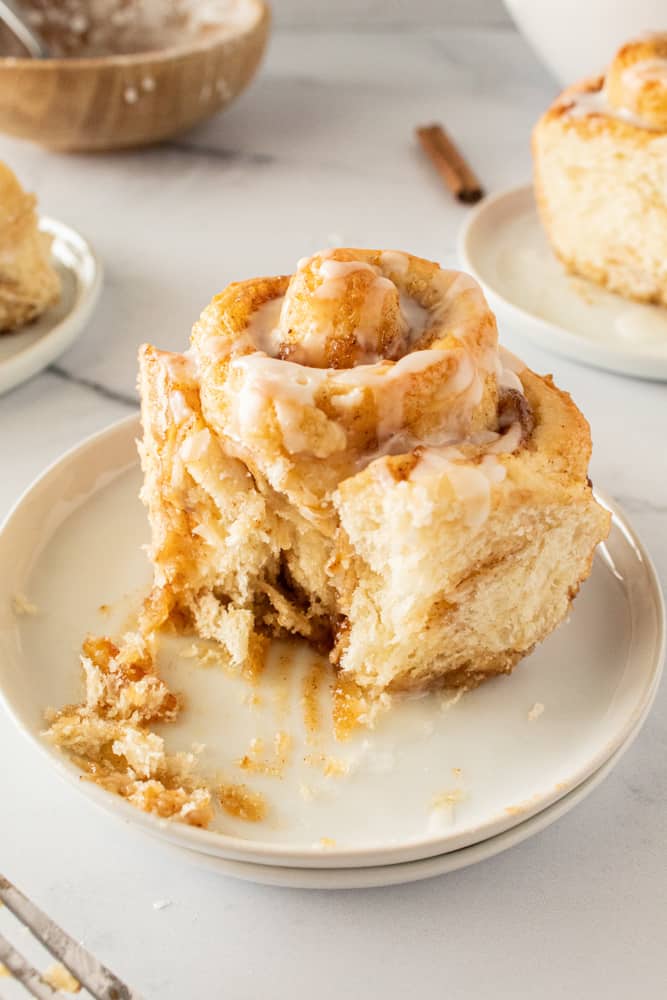
What’s in this Orange Roll Recipe?
These homemade orange rolls are jam-packed with flavor! The dough alone consists of cinnamon, cloves, and ginger. Then when you bite into its fluffy exterior, you’ll be hit with the first layer of sweet glaze on top and then the orange marmalade at its center.
- Water: Adds moisture to the dough and helps bloom the yeast.
- Milk: Makes the dough tender and helps form the glaze.
- Sugar: Granulated sugar feeds the yeast and adds sweetness to the dough, brown sugar adds sweetness to the filling, and powdered sugar sweetens the glaze without making it gritty.
- Yeast: Feeds on the sugar and releases gasses that help this dough to rise.
- Salt: Enhances the flavor of the dough.
- Egg: Gives structure to the dough.
- Butter: Enriches the dough, making it light and fluffy.
- Flour: All-purpose flour forms base of the dough.
- Orange Marmalade: Gives these rolls their bright orange flavor.
- Spices: Cinnamon, cloves, and ginger give these rolls a warming, spicy flavor.
Pro Tip: For chewier orange rolls, sub half or all of the all-purpose flour for bread flour.
Variations on Orange Cinnamon Rolls
There are so many ways to change up these orange rolls. For a stronger orange flavor, swap out some of the milk for orange juice in the glaze. For a bit of crunch, feel free to add up to ½ cup of chopped nuts to the filling, such as pecans or walnuts.
And if you’d like to change the flavor, try a different marmalade or jam, such as raspberry, blueberry, blackberry, or cherry!
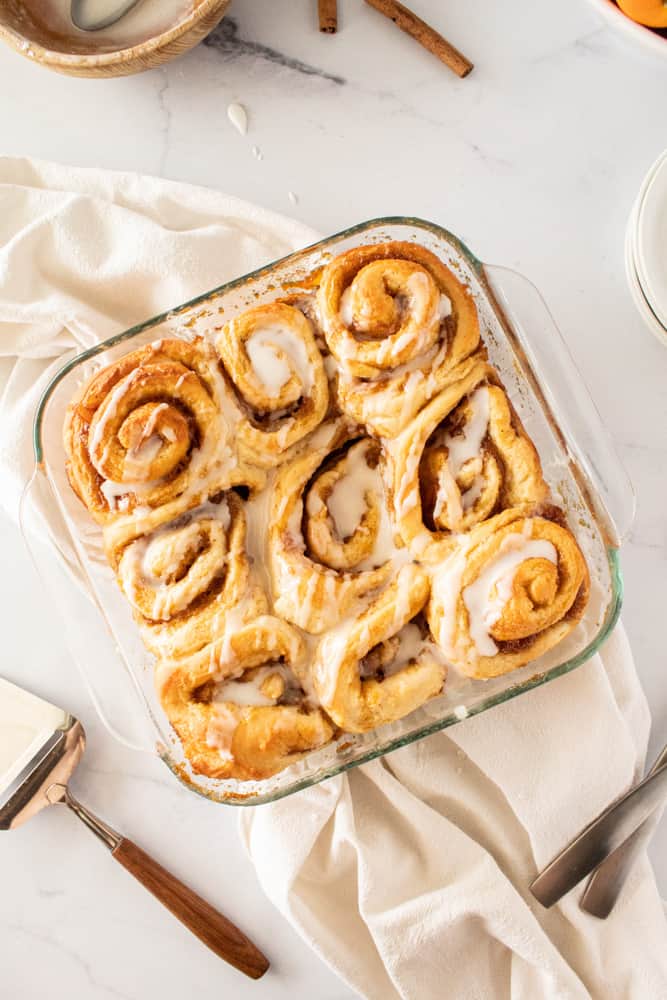

Email This Recipe
Enter your email and we’ll send the recipe directly to you!
Orange rolls are a citrusy riff on classic cinnamon rolls. Orange marmalade and warming spices are added to the filling for a hearty holiday breakfast!
If your yeast does not froth after standing for 5 minutes, it may be dead or the milk may have been too hot and killed the yeast. To test the temperature of the milk without a thermometer, stick a clean pinky finger halfway into the milk. If you are not able to leave your finger in the milk for at least 5-8 seconds, it is too hot and will kill the yeast.
For less dense, fluffy rolls, use all-purpose flour. For chewy and hearty orange rolls, use bread flour. Or, try half all-purpose flour and half bread flour.
Yes, you sure can! Use the dough hook attachment. Once all of the flour has been added, knead the dough for about 5 minutes.
Dense or heavy rolls are usually caused by not kneading the dough long enough. Be sure to knead the dough until it is smooth and elastic. If your dough is properly kneaded, it should slowly spring back when pressed with one finger. If it springs back too quickly, it is under-kneaded. If it does not spring back at all, it is over-kneaded. The same tips can be used to tell if the dough has been proofed enough. Too springy means under-proofed and not springy enough means over-proofed.
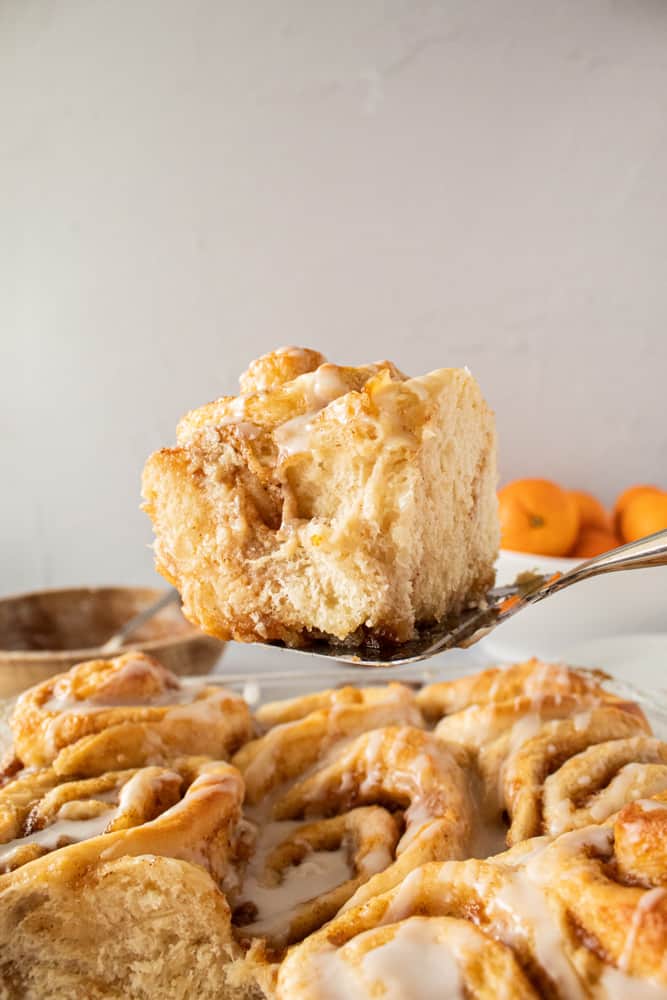
How to Make Ahead
This dough can be prepared up to a day in advance. To make this orange roll dough ahead of time, make the dough through step 5. Cover the bowl of dough tightly with plastic wrap and refrigerate overnight until fully risen, about 8-10 hours. When ready to assemble and bake, remove the dough from the refrigerator and let it come to room temperature for 10 minutes. This will make the dough easier to roll. Continue with the recipe as written.
How to Store and Freeze
Store leftover orange rolls in an airtight container at room temperature for up to 3 days or in the refrigerator for up to 1 week.
These orange rolls freeze beautifully! For best results, individually wrap unfrosted rolls in plastic wrap and place into an airtight container. Freeze for up to 3 months. Thaw in the refrigerator and heat before icing and serving.
Serving Suggestions
Serve these fluffy orange rolls with a cup of coffee or a refreshing island green smoothie.
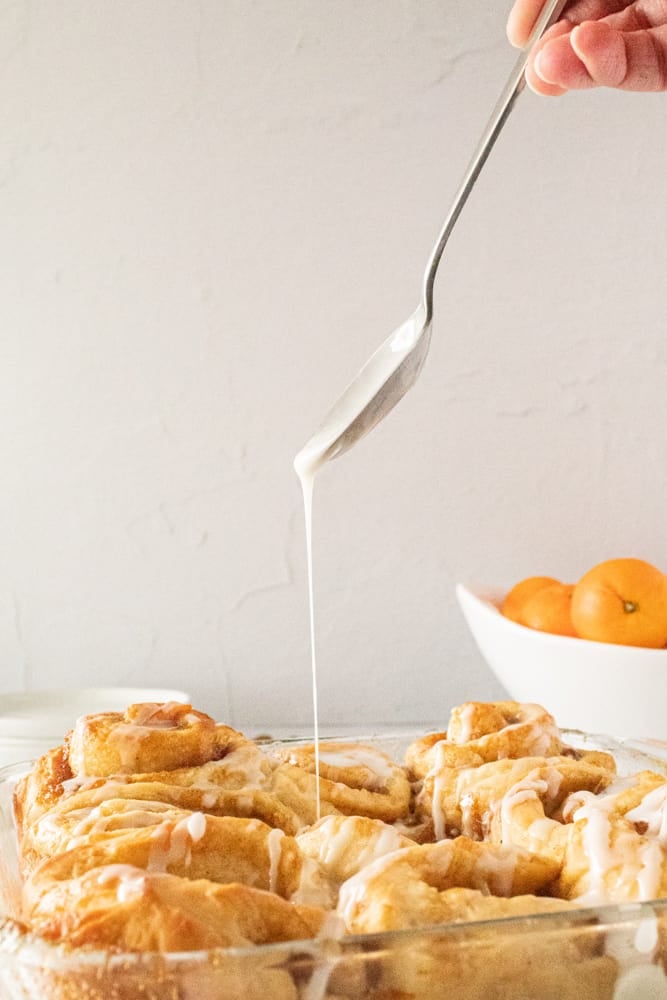
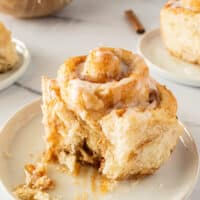
Orange Rolls Recipe

Email This Recipe
Enter your email and we’ll send the recipe directly to you!
Ingredients
For the Rolls
- ½ cup water 114 grams
- ¾ cup milk 170 grams
- 1 teaspoon granulated sugar 4 grams, to feed the yeast
- 2¼ teaspoons active dry yeast 7 grams (1 envelope)
- ¼ cup granulated sugar 54 grams
- ½ teaspoon kosher salt
- 1 large egg 50 grams, room temperature
- ¼ cup unsalted butter 57 grams, melted (½ stick)
- 2¾ cups all-purpose flour 330 grams, plus more as needed
For the Filling
- ⅔ cup orange marmalade 227 grams
- 1 cup brown sugar 213 grams
- 1 teaspoon ground cinnamon 3 grams
- ½ teaspoon ground cloves
- ¼ teaspoon ground ginger
For the Glaze
- ¾ cup powdered sugar 85 grams
- 2 tablespoons milk 28 grams
Equipment
- Kitchen Scale (optional)
- Rolling Pin
- 9×9-inch Baking Pan
Instructions
- Preheat oven to 200°F.
- Place the water and milk in medium microwave-safe bowl and microwave for 30 seconds. Remove from microwave and dissolve the yeast and 1 teaspoon of sugar in the liquid. Let set for 10 minutes; bubbles should form.½ cup water, ¾ cup milk, 2¼ teaspoons active dry yeast, 1 teaspoon granulated sugar
- Whisk the sugar, salt, egg, and butter together in small bowl for 1 minute. Add to yeast mixture and stir to combine.¼ cup granulated sugar, ½ teaspoon kosher salt, 1 large egg, ¼ cup unsalted butter
- Add the flour, stirring in one cup at a time, until fully incorporated.2¾ cups all-purpose flour
- Turn dough onto a hard, floured surface. Knead for 5 minutes, or until the dough is smooth. The dough should be soft and slightly sticky. If the dough is too sticky to work with, mix or knead in more flour, ⅛ cup at a time.
- Turn off the oven, place the dough in a greased bowl, cover, and place in the oven to rise until doubled in size, about 45-60 minutes.
- While the dough rises, prepare the filling. Combine the marmalade, brown sugar, and spices in a small bowl. Set aside.⅔ cup orange marmalade, 1 cup brown sugar, 1 teaspoon ground cinnamon, ½ teaspoon ground cloves, ¼ teaspoon ground ginger
- Once risen, punch the dough and turn it onto a hard floured surface. Knead a few times. Use a rolling pin to roll out dough to a rectangle roughly 20 inches long and 10 inches wide. Spread the filling onto the dough.
- Carefully roll the dough lengthwise into a log. Be careful not to press too hard or the filling will be squeezed out. Once you’ve reached the end, pinch the edge of the dough into the roll to create a seam. Use a sharp knife to cut into 9 equal slices. Place rolls into a greased 9×9-inch baking pan.
- Preheat oven to 350°F Fahrenheit.
- Cover the pan of rolls and let it sit on top of the oven preheating to rise for 30 minutes.
- Bake for 25 minutes, or until the tops of the rolls are golden brown.
- Once the rolls have cooled, prepare the glaze. Combine the powdered sugar and milk in a small bowl and stir until thoroughly combined. Drizzle on top of the rolls and let the glaze harden before serving.¾ cup powdered sugar, 2 tablespoons milk
Notes
- For chewier orange rolls, sub half or all of the all-purpose flour for bread flour.
- Try a different marmalade or jam, such as raspberry, blueberry, blackberry, or cherry!
- Feel free to add up to ½ cup of chopped nuts to the filling, such as pecans or walnuts.
- For a stronger orange flavor, swap out some of the milk for orange juice in the glaze.
- Make sure to use fresh yeast for the best rise!
- Use room temperature ingredients as they will be easier to mix and allow for optimal yeast activity.
- This dough is going to be stickier than the average yeast bread dough and that’s a good thing! All that moisture gives the yeast plenty to feed on and makes for nice fluffy rolls. However, if the dough is impossible to work with because it’s too sticky, try mixing or kneading in more flour ⅛ cup at a time. The dough should just stick to your fingers a bit as you work with it.
- The orange marmalade makes a runnier filling than what you’ll find in the average cinnamon roll recipe. The key here is to just be very aware and very careful as you handle the rolls.
- Don’t push too hard while rolling your log or the filling will be squeezed out.
- Be gentle when pinching all the ends together.
- Act quickly when transferring the rolls to the pan.
- It’s a given that you will lose some of the filling, but that’s ok! You’ll keep most of it and the rolls will still taste delicious!
- If not serving the rolls right away, wait to make the glaze until right before serving so it doesn’t melt.

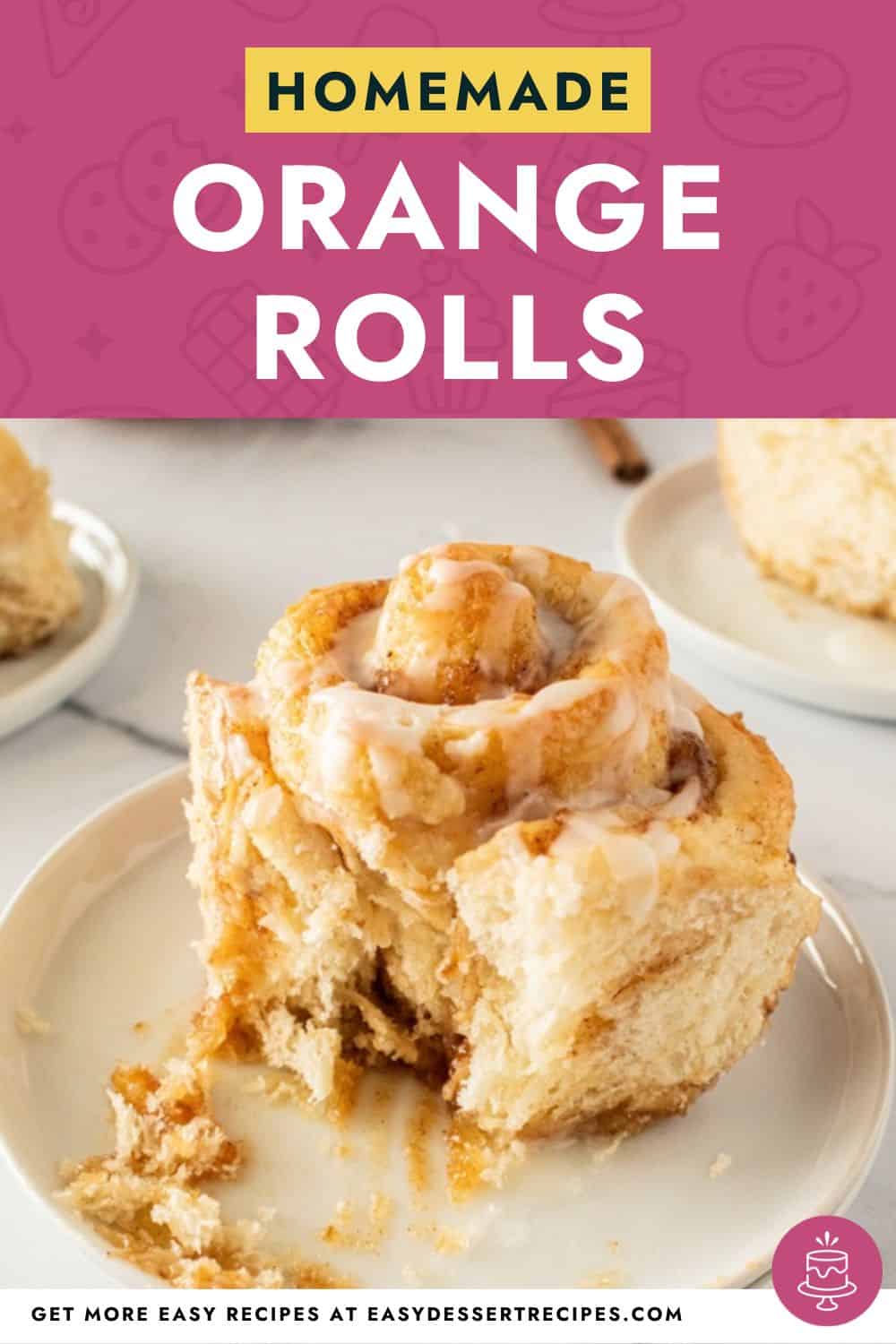

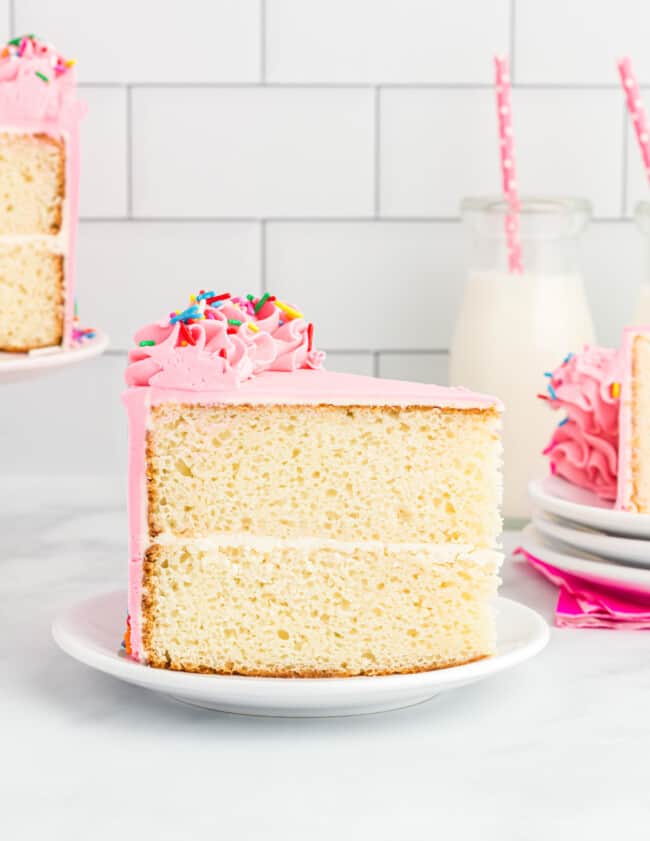


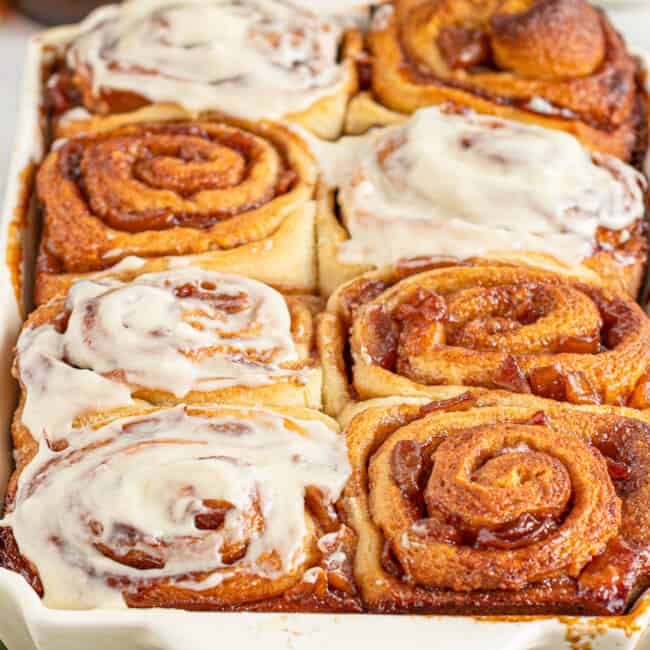
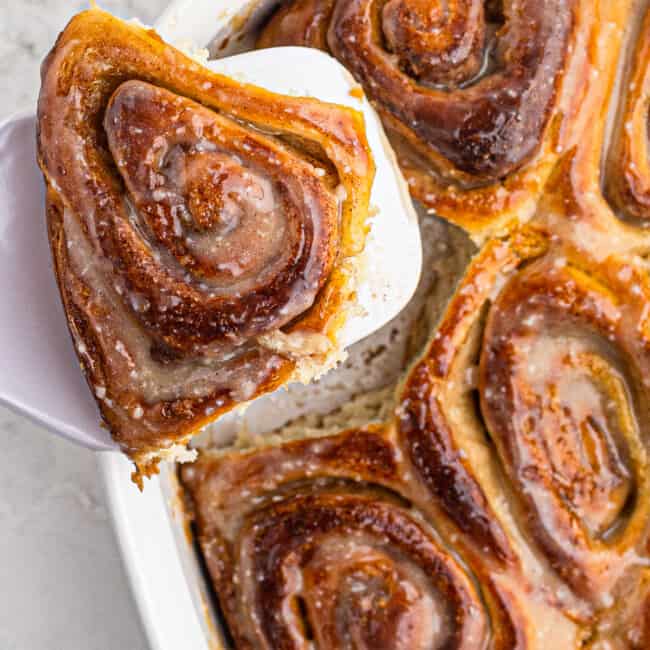
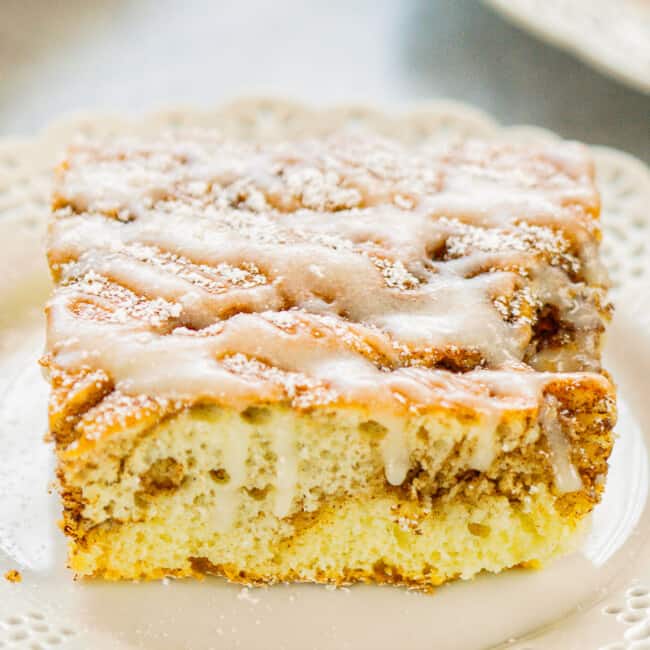
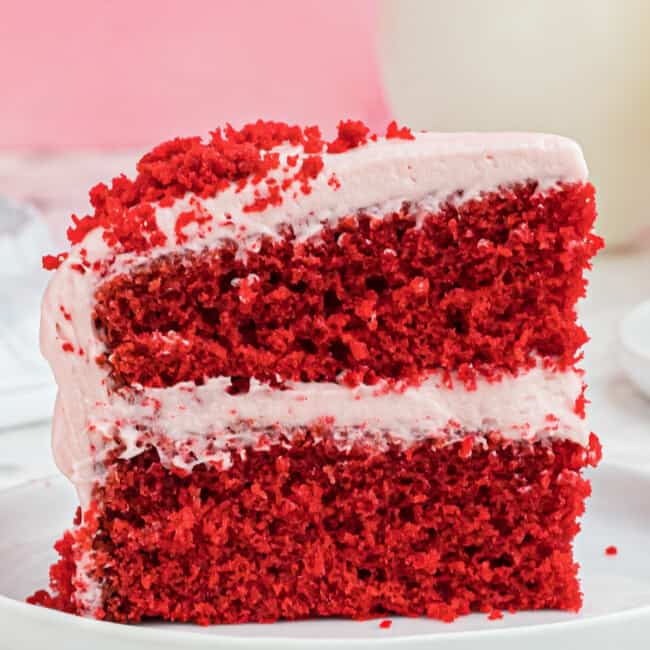
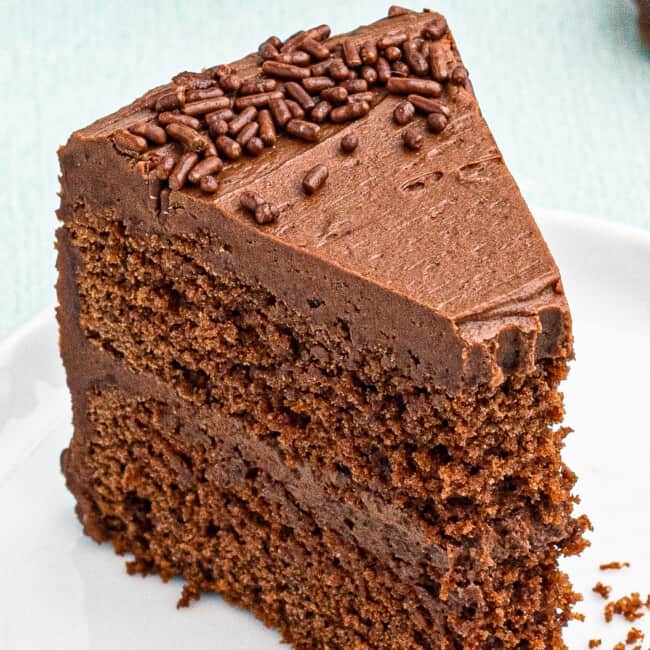
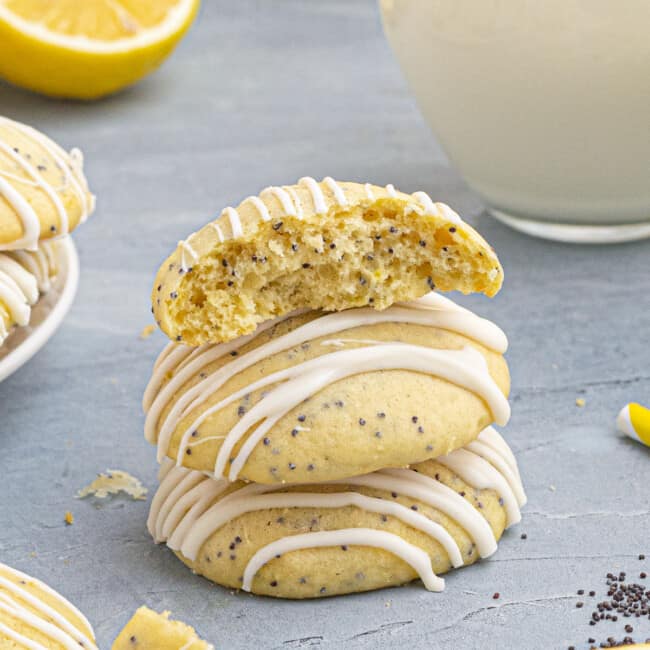

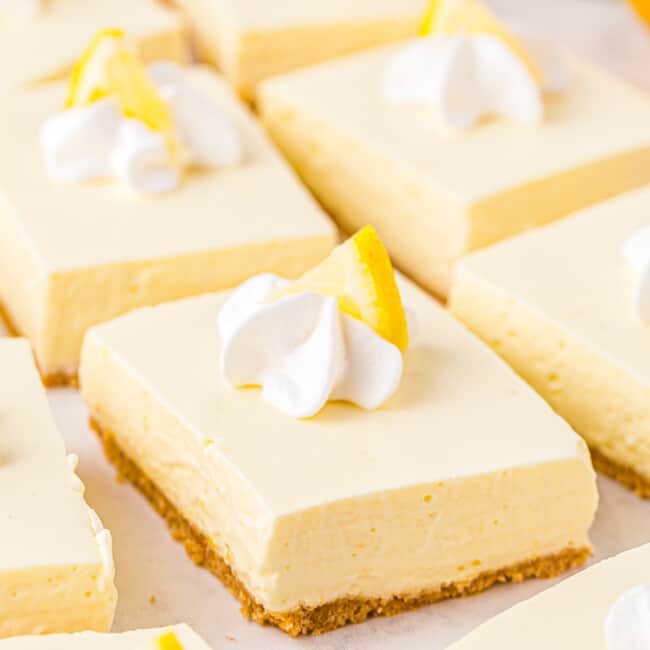
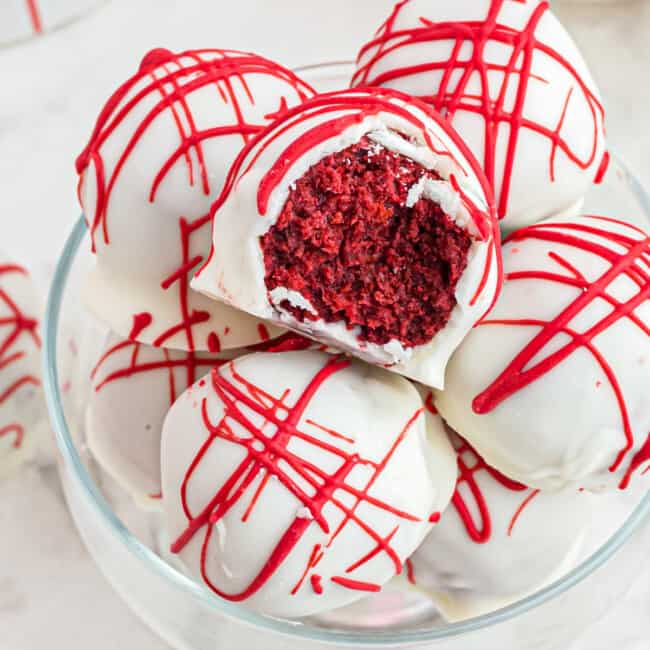
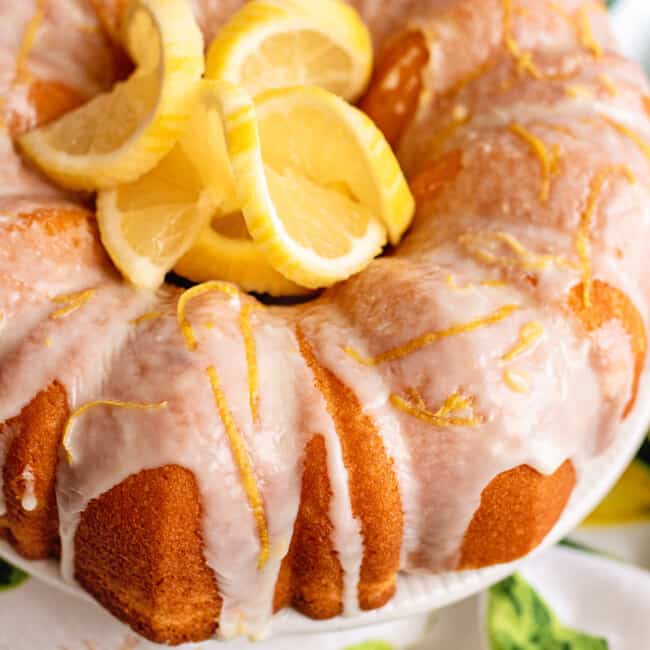

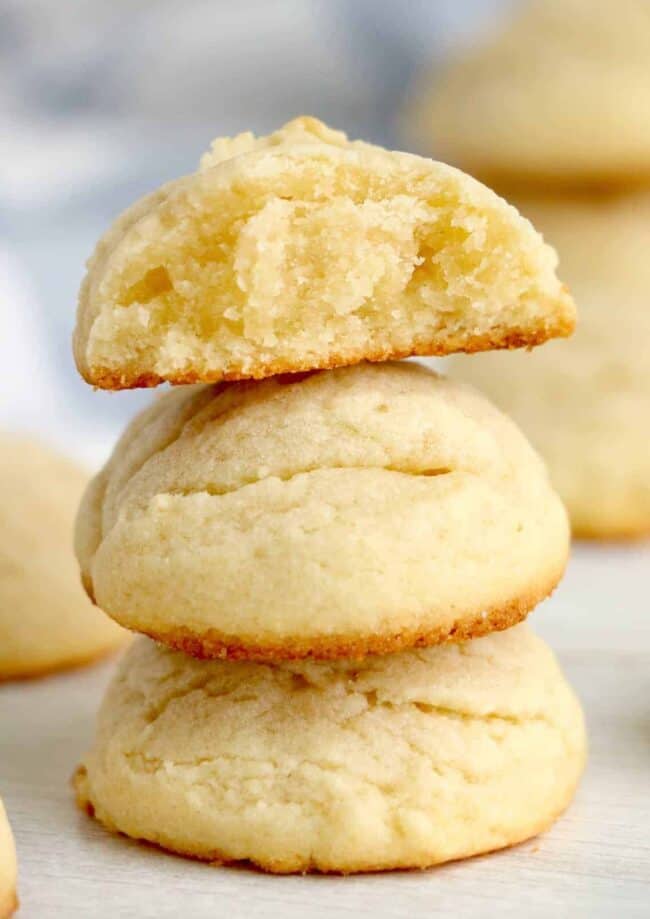
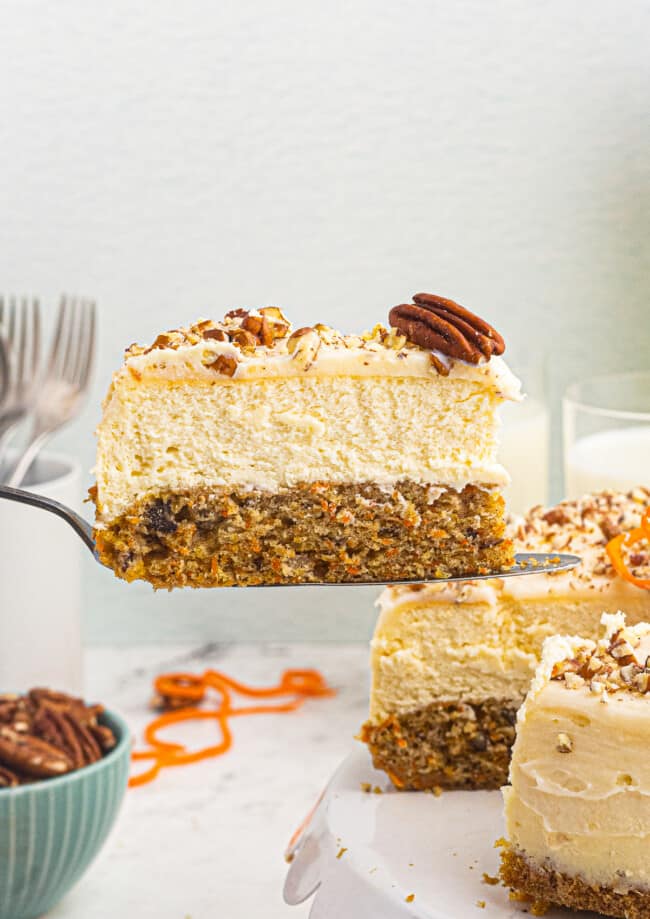

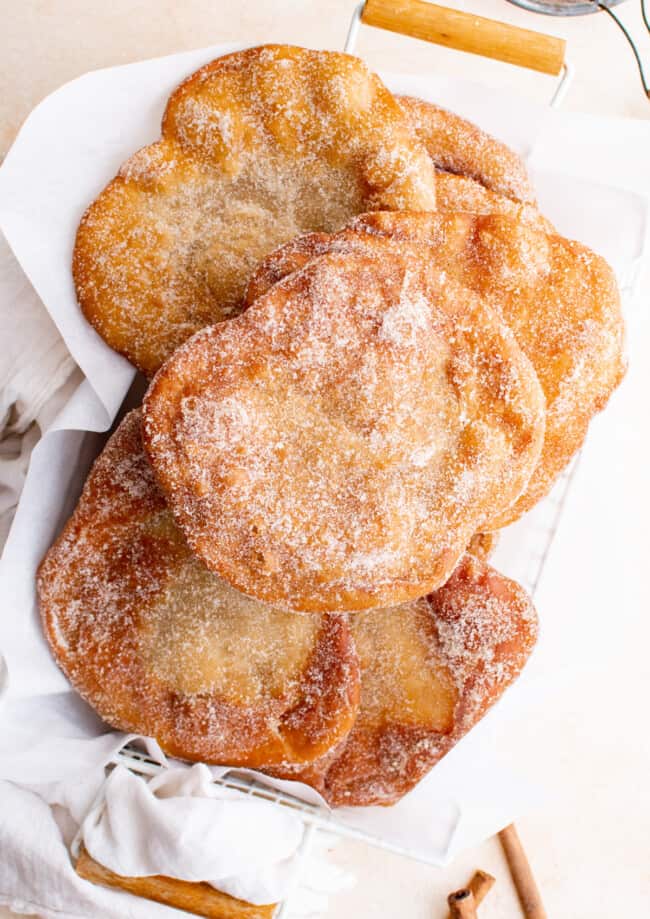
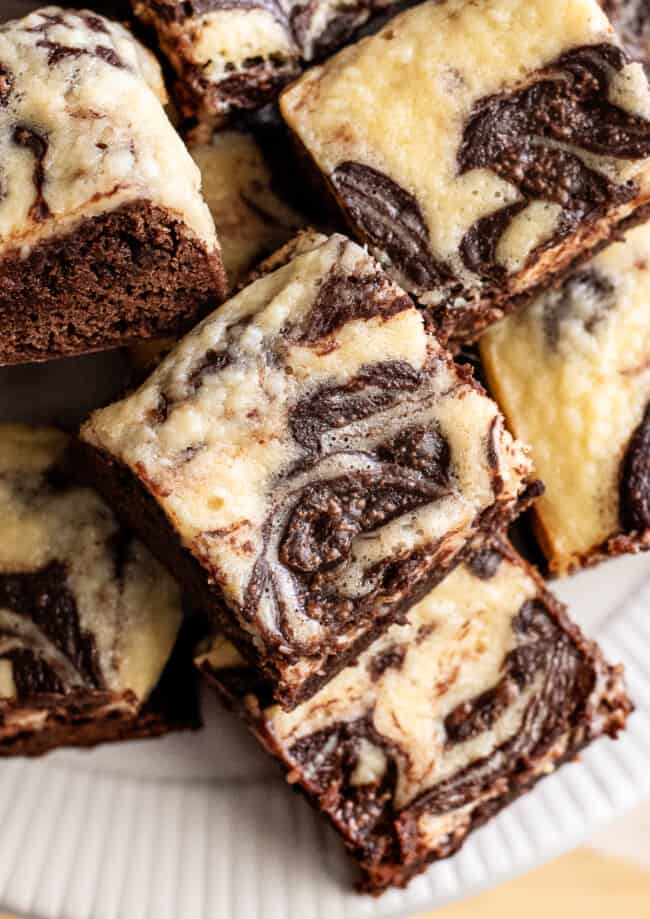
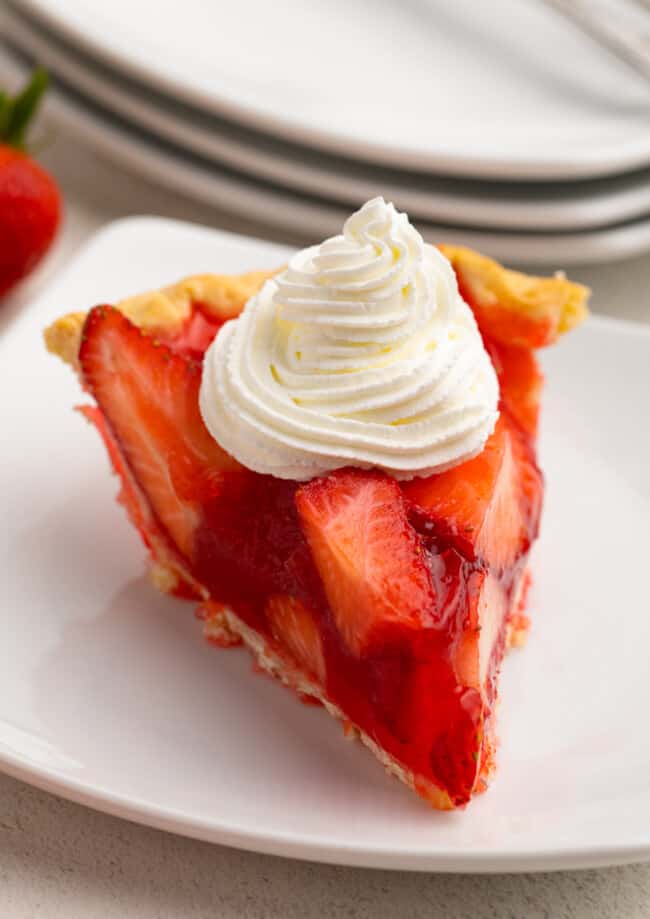
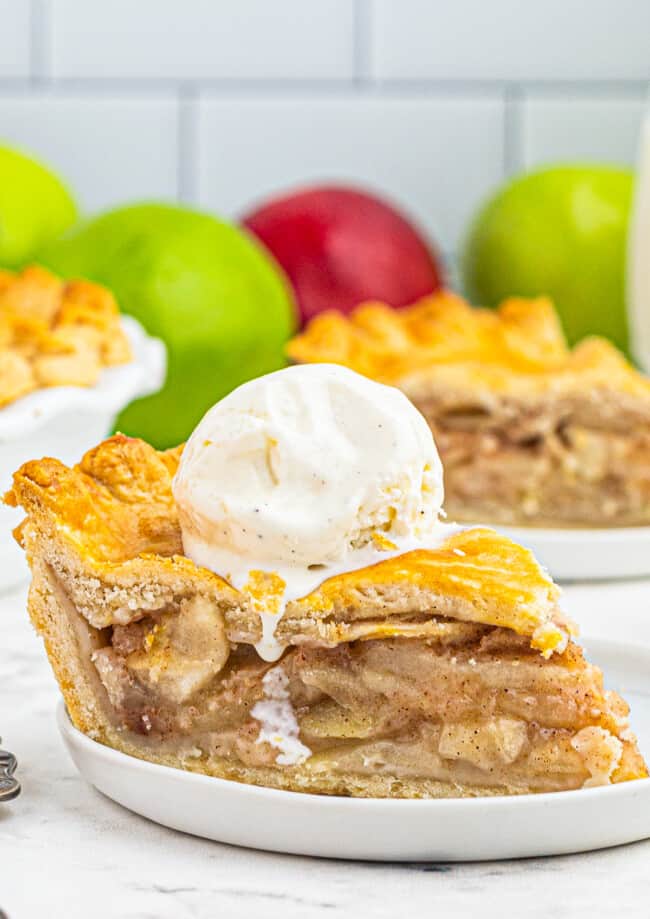





Leave a Review